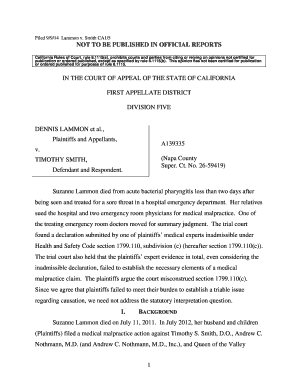

Any point on a straight line that originates at the center of the circle and radiates outward has a phase angle,, that corresponds to its polar plot angle. The circumferences of the circles represent points of equal VSWR larger circles denote higher VSWRs. The figure shows two impedance examples: Z 1 =0.55+j1.6W, and Z 2 =0.55 –j0.3W.Īnother equally important way to present data using the chart is to draw concentric, centered circles (different from the circles of constant R that touch at the right-hand side). The horizontal line across the middle of the chart divides inductive reactance and capacitive reactance, and any point on this line is a pure resistance, with R=0 at the left side (a short circuit) and R= at the right side (an open circuit).Īs you vary either the real component, R, or the imaginary component, X, of a complex impedance, the plotted point moves along its arc or circle, but not both. The upper half of the chart indicates inductive reactance (+jX), and the lower half indicates capacitive reactance (–jX). Similar to the circles, any point on an arc has the same reactance as any other point on that arc. Any point on a circle has the same resistance as any other point on that circle.Īlso emanating from the right-hand side are arcs of increasing radius, which represent reactances (X). All the circles on the right-hand side touch, and an increase in diameter represents an increase in the value of resistance (R).

Although you could make precise calculations within a few milliseconds, without the Smith chart you don’t get the same sense of where you are, what choices you can consider in achieving your RF goal, or what the trade-offs may be.Īlthough the Smith chart has many circles, arcs, and gradations, it has a clever underlying structure that uses two basic sets of curves ( Figure 1).
#ONLINE SMITH CHART GENERATOR#
But this luxury did not always exist: Impedance-related calculations are often numerically intensive, and they were difficult to solve using precalculator tools, such as a slide rule or even a pencil and paper.Įven if you are not trying to match a signal source or generator to a load for maximum power transfer, the chart traces the locus of the source impedance versus frequency, the impact of frequency changes, and the dynamics of complex-impedance-related issues. After all, you have powerful calculators and computers that can easily solve almost any impedance equation in a fraction of a second. This function may not seem like a big deal to you today.

It shows you your choices when you try to use various matching techniques, such as stubs, quarter-wavelength matching sections, or other techniques. The virtue of the Smith chart is its basic function: It lets you simultaneously see your present impedance and the impedance you are trying to match, and then it helps you solve the matching problem to ensure a minimum VSWR. However, the ability to place the real and imaginary parts of Z on a 2-D graph instead of using numbers for R and X is not what makes the Smith chart significant.

Using the Smith chart, you can graphically illustrate the complex impedance, Z=R+jX, of a transmission line, antenna, amplifier, or any signal point in the RF range at which the simple resistive approximation is not sufficiently valid. Similarly, state-of-the-art RF test equipment, such as network analyzers, traces a Smith chart on its display. For example, in data sheets from some high-speed processors that have clocks of several hundred megahertz, Smith charts define the RF characteristics of the processor IC pins. The Smith chart has not only survived, but also thrived: It applies to applications that didn’t even exist when Smith developed it. But one tool-known universally as the “Smith chart,” after its inventor Philip Hagar Smith-has survived virtually intact from its first days to the present (see sidebar “ So those were the good old days?“). Vacuum-tube voltmeters were once as common as PCs but these days are pretty rare. Few electronic-design tools and instruments are unchanged and remain in use many years after their invention.


 0 kommentar(er)
0 kommentar(er)
